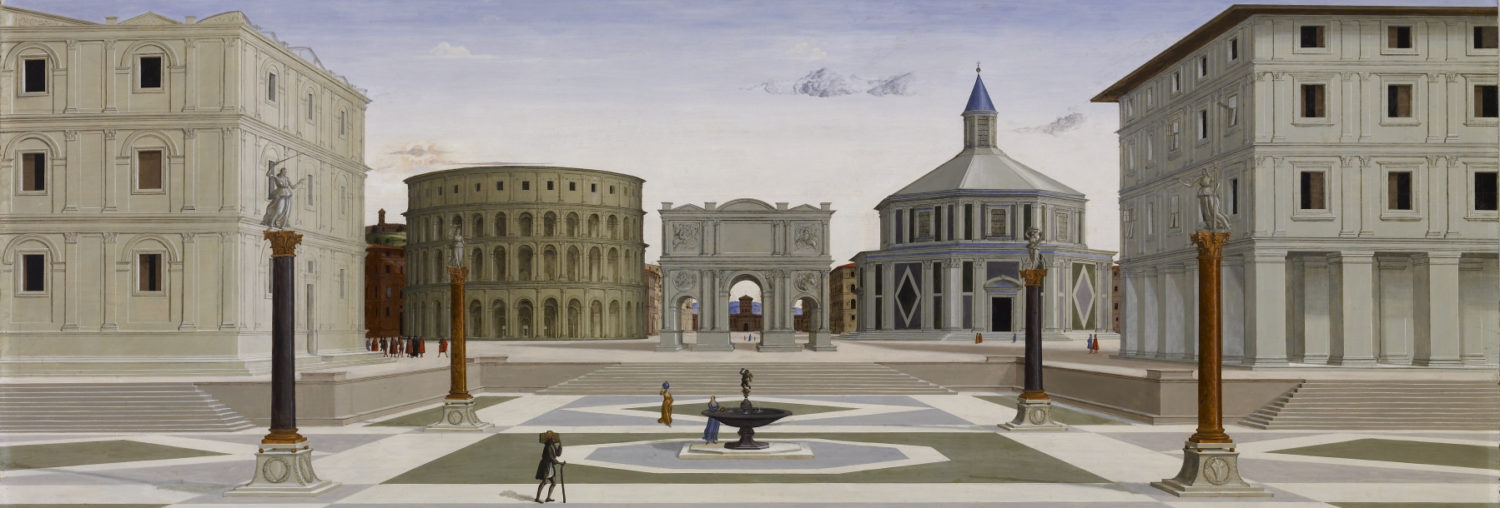The painting we are observing is a view of the architecture and urban life of Haarlem’s main square in 1696. This image was painted by Gerrit Berckheyde (1638-1698), known mostly for his cityscapes. We can see how the painter uses a baroque style; we come to this conclusion due to the use of bright colours, the popularity of depicting scenes of everyday life and by the date in which this work of art was painted.
This scene was painted during the Dutch Golden Age (17th century) after the Dutch republic was formed when seven northern Netherlands provinces won their independence from Spain. The republic then developed a worldwide colonial empire that turned into the European centre of finance and culture. They took several western innovations and industrial techniques to places as far as Japan and India.
The City of Haarlem is situated by the river Spaarne and near the North Sea, on a very narrow piece of land surrounded by many different bodies of water and near the coastal dunes. That situation attempts to compensate the fact that some parts of the country are beneath the sea level. It was always considered a rather industrial city where you could find textile mills, shipyards and machinery plants, although it is also very famous for being the “flower city” as it was the main location of tulip bulb exports as it was the flower-growing district of the country.
As we can see in the image the urban planning of the city is quite common to other cities around Europe in that époque. Its city centre was determined by the location of a cathedral (Saint Bavo Kerk) and, or the city hall (Haarlem City hall). These two establishments make the town square a much-frequented place, not only by the people living in Haarlem but by the ones living in smaller towns nearby, this also influenced the construction on buildings with the purpose of merchandising such as the Vishal, the Vleeshal (the Meat Hall) and Vishuisje (The Fish Hall. On top of that merchants from other villages could also come and sell their products on their own stalls at the square; this eventually gave it the name of the Grote Markt. Although the buildings are no longer used to sell meats and fish, the square is still used as a market place where farmers can come to sell their products two times a week. The urban layout in this city is radio-centred, this meaning that its growth has been irregular and from a significant centre or planned with a radial design; the cathedral in this painting could be a possible significant centre.
Dutch architecture was considerably elevated during the Golden age. Cities expanded and town halls like the one in the image were renovated with the addition of new elements to their Gothic architecture. Particularly in Haarlem, more reformations had to be done after the Great Fire it suffered in October 1576, that was caused by some mercenaries seeking for warmth. It burned down more than 500 buildings, one of them still visible in the square, in front of a large crowd. However, the current characteristic of Holland architecture has not evolved much since the Golden Age as its steep triangular rooftops and narrow-width buildings have always been a typical part of its urban constructions.
Ángela AG

